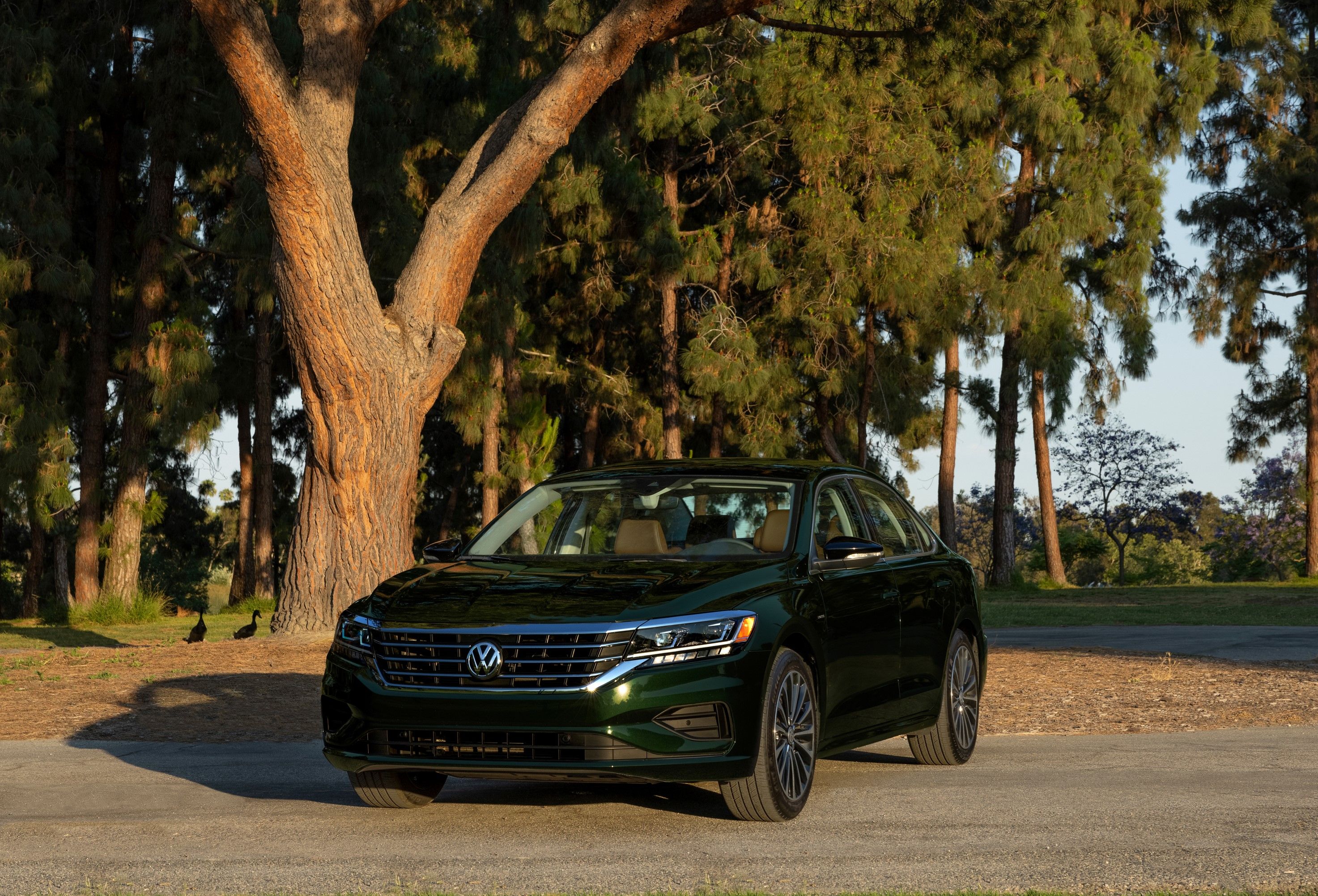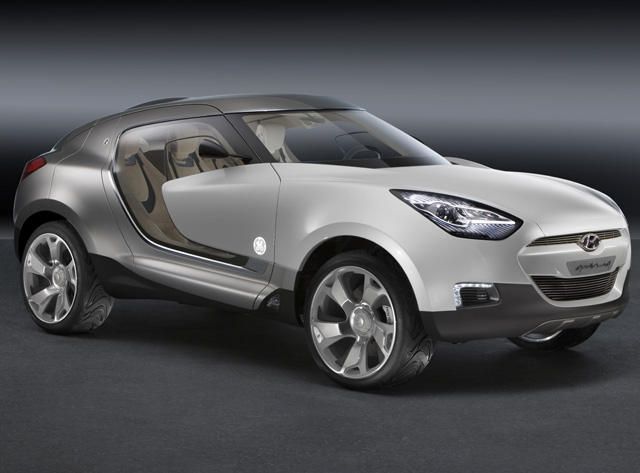
Marty McFly: Wait a minute, Doc. Ah... Are you telling me that you built a time machine... out of a DeLorean? Dr. Emmett Brown: The way I see it, if you're gonna turn a car into a time machine, why not do it with some style? Now, if you replace time machine with car and the DeLorean to plastics in the quote, you get a general idea of where the future of cars will probably be heading, at least according to insiders at Hyundai and Sabic.
Honestley, I can't think of any better way to describe the future of automobiles than to use quotes from the quintessential film about cars and time travel. Hyundai and GE Plastics first showed up in 2007 with the Hyundai QarmaQ concept and talked up a future with increased use of polycarbonates. Well, it hasn't quite happened yet however optimism is abound in certain sectors of the auto industry. Expanding markets in parts of Asia, specifically India and China, have led to an increase in car sales on a huge scale. They could be end up becoming the future leaders in the automotive industry.
Booming economies with large numbers of people finding wealth is certain to lead to a huge boon for car sales and many believe that plastics will be highly incorporated into cars in the future. "In China and India, they are not tied to an existing infrastructure," says Sabic Innovative Plastics' director-automotive products and marketing Venkatakrish Umamaheswaran. "Because they are developing a project with a clean piece of paper, it provides a more fertile territory. In China and India, they are not tied to an existing infrastructure." Sabic, short for Saudi Basic Industries Corporation has already purchased GE Plastics.
They want to sell the masses polycarbonate windows, which weigh half as much as glass. The injection molding process used to create the windows allows them to produce and create new patterns, designs, shapes and sizes that were previously unimaginable with glass. A drawback to the polycarbonate material, however, is that the material is more expensive. Sabic and other new plastics companies claim that when you package the new windows with a new module of polycarbonate materials, the processing costs even out.
Polycarbonate has already become the standard for headlamp covers, and other fully transferrable fixtures include a covering of the D-pillar, a roof spoiler, mounted rear brake lights, a rear wiper system, handles and logo. So, how much weight does plastics really save you over glass? There are practical examples that we can use with some input from Ward Automotive. Bugatti developed a targa top for its Veyron 16:4 Grand Sport roadster. They commissioned Bayer to build them in both glass and polycarbonate. The plastic version chosen had a weight savings of 13.0 lbs.
Another example is Hyundai's HED-4 concept car. They used polycarbonate for its taillights, side skirts and roof, cutting weight by a sizable 38.1 lbs. You can easily see how much the base weight of a vehicle affects performance but what is somewhat less noticeable is a vehicles weight in terms of carbon-dioxide emissions. Plastics Europe out of Belgium contends that for every 2.2lbs cut from a vehicle reduces its harmful emissions by 31-49lbs over a car's lifetime. If you aren't familiar with the science of emissions, that is a substantial amount of CO2.
Growth for the continued application of plastics in automobiles has plenty of potential. According to Ward, Sabic this year added capacity for polycarbonate production in its Saudi Arabian plant and signed an agreement with its Chinese joint-venture partner China Petroleum & Chemical. The agreement called for Sabic to build a new facility in China with a polycarbonate capacity of 260,000 tons a year beginning in 2015. The new facility will produce DVDs and CDs while producing automotive parts as well. Though no huge production numbers have been announced, Umamaheswaran expects something big to happen soon.
Trying to reverse what they percieve as the 'heavy-car trend', they seem almost on a mission to change the way cars are thought about in terms of construction. Regarding the lighter and more efficient cars of the future, banter between Marty and Dr. Brown seems to do it (maybe the opposite) justice: Marty McFly: Whoa, this is heavy. Dr. Emmett Brown: There's that word again; "heavy". Why are things so heavy in the future? Is there a problem with the earth's gravitational pull?



